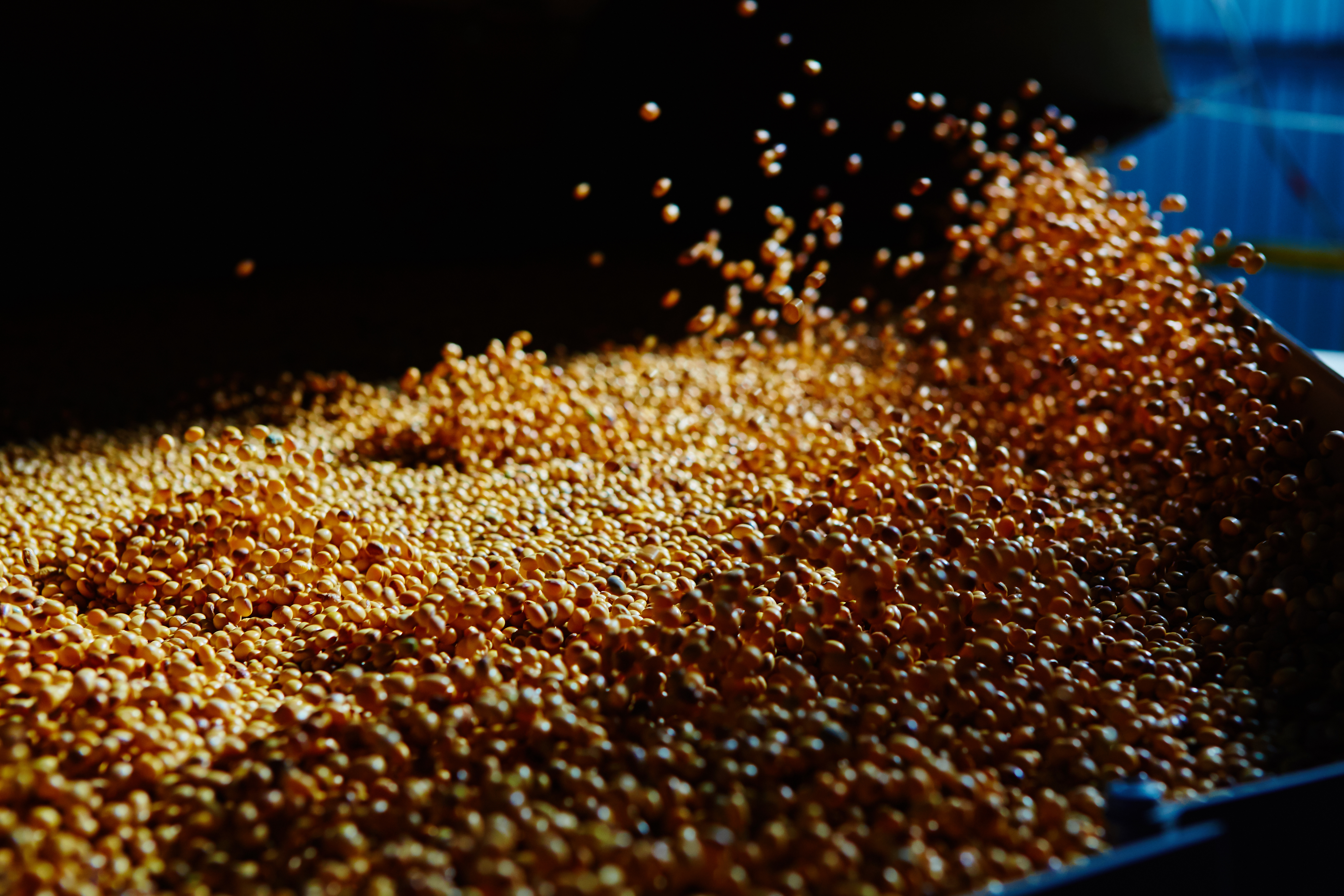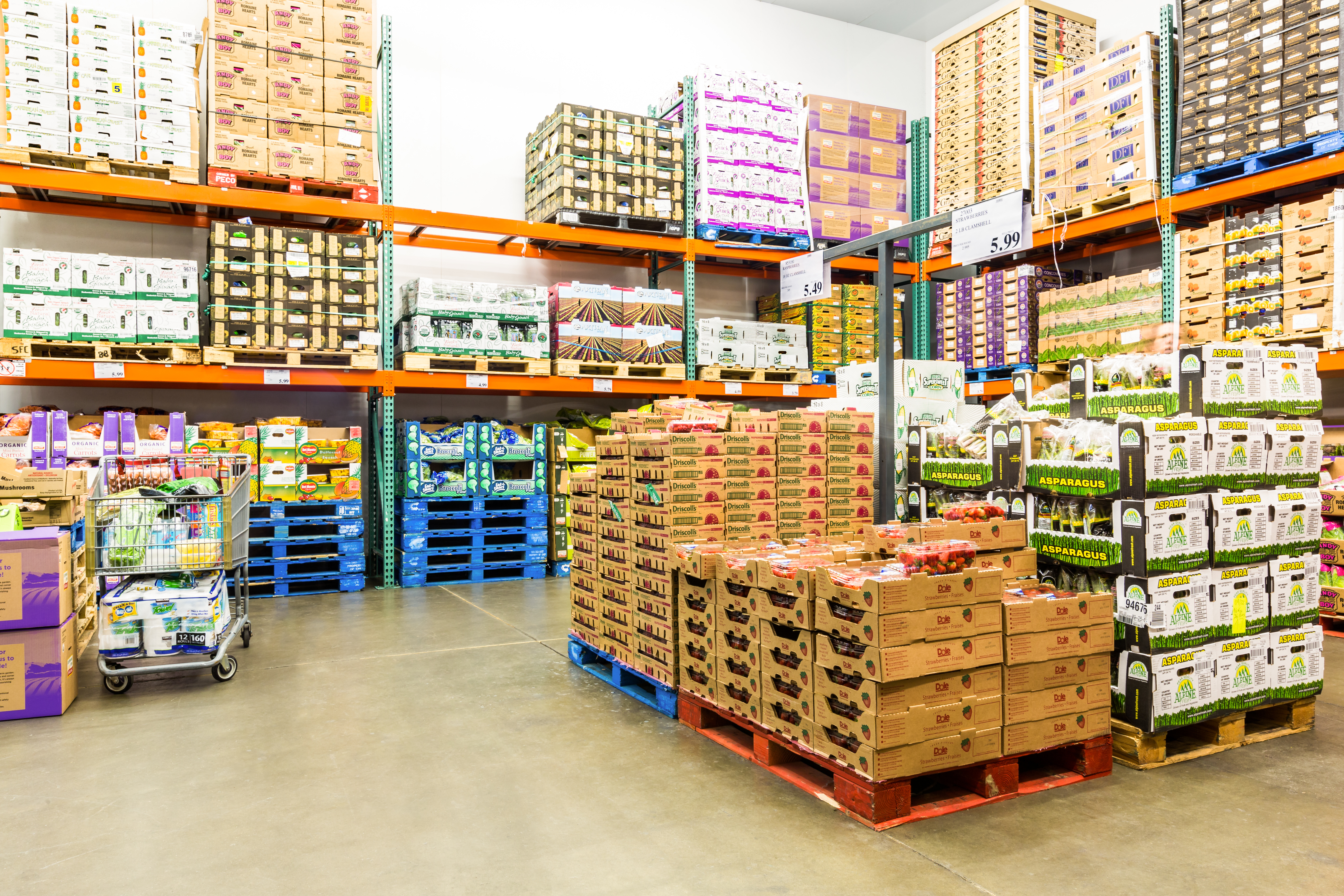



October’s world food price index rises for five straight months
World food prices rose for a fifth month running in October, completely recovering from the shock caused by the COVID-19 pandemic and posting gains in most sectors.Reuters reports that the FAO’s report shows gains in most agricultural sectors.
The world food price index measures monthly changes for a basket of cereals, oilseeds, dairy products, meat and sugar. The FAO reports that the index averaged 100.9 points last month, the highest since January, versus a slightly revised 97.8 in September.
The September figure was previously given as 97.9.
The Rome-based FAO also said in a statement that worldwide cereal harvests remained on course to hit an annual record in 2020, even though it slightly trimmed its previous forecasts.


The agency's cereal price index jumped 7.2 percent in October from the month before, some 16.5 percent above its value a year earlier.
Wheat export prices were pushed higher amidst shrinking supplies, while maize hit over six-year highs, lifted by strong demand from China. Feed barley and sorghum prices also rose, while rice, by contrast, touched 7-month lows.
Average sugar prices surged 7.6 percent from September and were up 9.3 percent on the year, boosted primarily by the prospects of lower sugar output in both Brazil and India, the two largest sugar producing countries, due to below average rainfalls.
The dairy index climbed 2.2 percent on the month, with all segments of the sector registering gains, most noticeably cheese.
The vegetable oil price index climbed 1.8 percent month-on-month, thanks largely to firmer palm and soy oil quotations, while the rapeseed oil component dipped on the back of uncertainty over demand within the European Union.
The meat index bucked the rising trend seen elsewhere to post a 0.5 percent month-on-month decline, the ninth monthly decline since January, and a 10.7 percent drop year-on-year, with quotations for pig meat once again dropping on the back of China's move to ban imports from Germany following the detection of African swine fever in Europe's largest economy.


FAO revised down its forecast for the 2020 cereal season for a second month running, cutting it by almost 13 million tonnes, reflecting lower expectations for the output of global coarse grains.
However, despite this reduction, the agency still expected a record harvest this year of 2.75 billion tonnes, up 1.6 percent on 2019 levels.
"Prospects for the 2021 winter wheat crop, which is already being sown in the northern hemisphere, are generally strong, reflecting the expectations of increased plantings in response to higher prices in several main producing countries, notably in the EU," FAO said.
The forecast for world cereal utilisation in 2020/21 was put at 2.745 billion tonnes, up 1.9 percent from the 2019/20 level.
The forecast for world cereal stocks by the close of seasons in 2021 was 876 million tonnes, down 13.6 million tonnes from the previous estimate posted last month.









